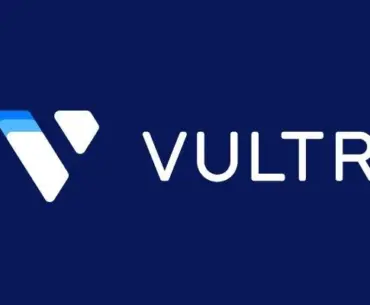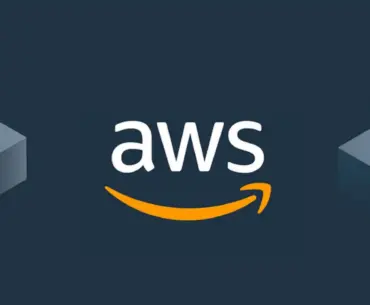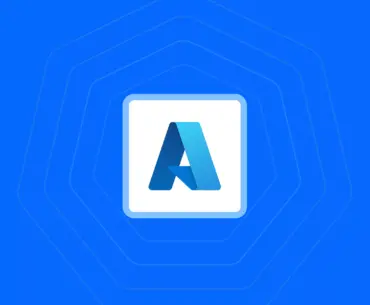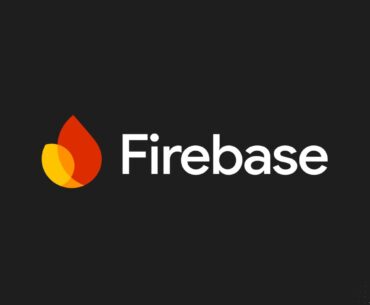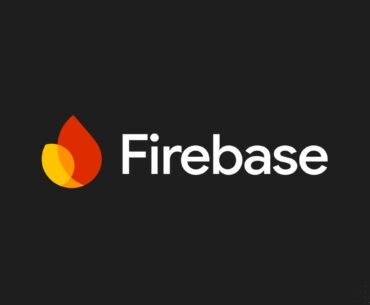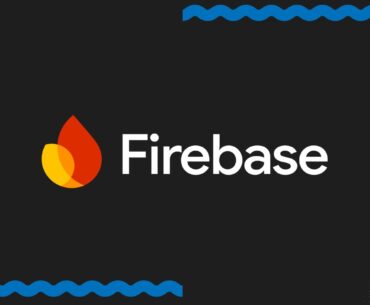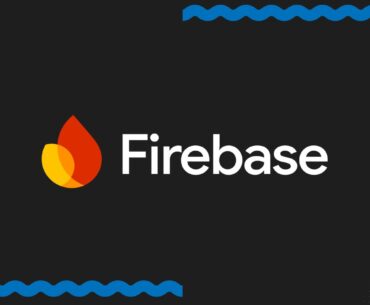Large language models (LLMs) are powerful, but they typically live in silos: they take a prompt, they respond, and they don’t have direct, standardized access to your apps, files, databases, or APIs. That leads to a proliferation of custom “glue code” every time you want your agent to…
Model Context Protocol (MCP) solves a common headache: giving AI systems a safe, uniform way to call your app’s tools and read your data. Instead of wiring bespoke webhooks for every assistant, you run an MCP server that exposes tools/resources, and any MCP client (your UI, a desktop…
When a small team aims to host a web app, site, or service, they must pick infrastructure aligned with their budget, skills, and growth plans. That decision often falls between a managed/shared host (Bluehost) and a more “bare metal” cloud provider (DigitalOcean). The right choice can save you…
Small teams building web apps, internal tools, or microservices often need a cloud environment that is manageable, cost-effective, and scalable without requiring full-time DevOps. Two cloud/VPS providers often considered are DigitalOcean and Kamatera. DigitalOcean is popular for its developer-friendliness and predictable plans; Kamatera, less well-known, emphasizes flexibility and…
Small product teams tend to want the same three things from their cloud: predictable bills, a control panel that doesn’t fight them, and enough headroom to grow without a lift-and-shift. This guide compares DigitalOcean and Vultr on those terms with current pricing and a few realistic deployment scenarios…
Small teams reach for the cloud to ship quickly, keep ops lean, and avoid surprise bills. The trade-off is choosing a platform that won’t swallow your time with setup and won’t punish you for modest growth. This guide compares DigitalOcean and AWS through that lens—actual monthly costs, common…
Below is a detailed, hands-on comparison of DigitalOcean vs Google Cloud (GCP) tailored for small teams. I’ll walk you through costs, usability, trade-offs, example setups, and decision heuristics. But first: you’ll need a DigitalOcean account (go to the do.co site and register) before trying many of the hands-on…
Most small teams begin with a web app, an API, and a database, then add monitoring, backups, and a place to park files. You can run this on a general-purpose virtual machine (VM) or move pieces to managed services as you grow. Before we compare platforms, make sure…
Most teams wire up Firebase in a Next.js app, push to production, and only later notice that “API keys” appear in the browser. That looks scary. The key point: the Firebase Web API key is an identifier, not a credential, but you still need to configure it properly…
Most teams reach for Firebase Authentication to offload sign-in and identity. The client SDK issues short-lived ID tokens, but your server still needs to verify them before doing anything sensitive. In a Next.js app with Route Handlers, the safest pattern is: obtain an ID token on the client,…
Modern Next.js apps often mix static UI with server-rendered data that must be user-specific. Firebase Authentication gives you client-side identity via ID tokens, but server rendering and route protection work best with HTTP-only session cookies. In App Router projects, there’s one wrinkle: Middleware runs on the Edge runtime,…
Most dashboards start life with a simple client-side onAuthStateChanged and grow into a server-rendered app that needs user context on the very first paint. This guide shows how to do that cleanly with Next.js App Router (/app), cookies() for request-time state, and Firebase Authentication’s session cookies so your…









